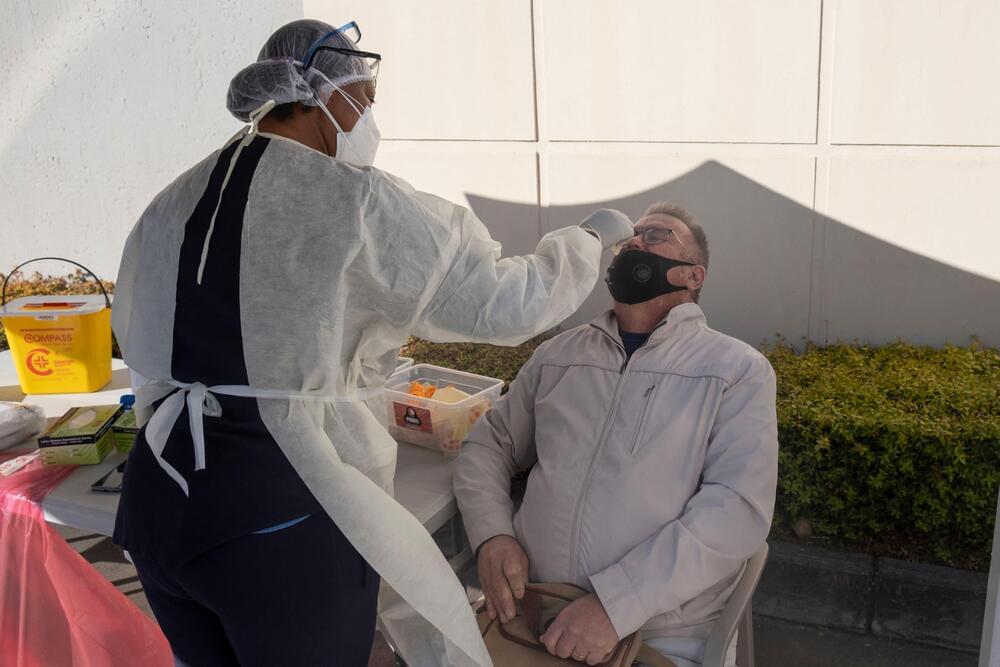In this episode, I talk to world-renowned biologist David Sinclair about aging and longevity. David rejects the notion that the deterioration of health is a natural part of growing old and asserts that aging is a disease itself that we need to reverse. But how will a reset of our biological clocks affect our interactions, responses to adversity, morality, and how we live our lives? We discuss the ethical implications of limitless lifespans and also touch on the topics of death, evolution, genetics, medicine, and data tracking.
Bio.
Dr. David Sinclair is a professor in the department of genetics and co-director of the Paul F. Glenn Center for Biology of Aging Research at Harvard Medical School and co-founder of the scientific journal Aging. He is best known for his work on understanding why we age and how to slow its effects. In addition to being a co-founder of several biotechnology companies, he’s the author of the book Lifespan: Why We Age – and Why We Don’t Have To. Dr. Sinclair was listed by TIME magazine as one of the “100 most influential people in the world”.
Website: sinclair.hms.harvard.edu.
Twitter: @davidasinclair.
Topics.
00:02:26 David’s “sticky beak” personality.




